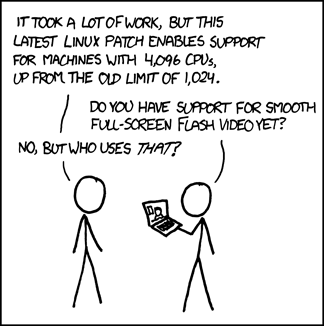Being a big fan of street art I often spend time in new cities looking for interesting examples and in Turin I found some really cool stuff. The two best projects I found were the portrayals of Muslim women and an excellent media criticism project. While I realize that many are critical to what they see as a defacement of public space it is important to remember that art can act as a conduit for social commentary, giving voice to those who might not otherwise have one. This is particularly true in the case of street art since the public street is more easily accessible to the artist than the gallery.
In addition to this these public spaces are available to all people without requiring them to enter into the unfamiliar structured work of “established” art. Many may feel unsure of how “established” art may be interpreted, this coupled with a fear of making a fool of oneself makes it easier to ignore art rather than attempt to participate in the discussion. Street art places no such demands. It is immediate and easily accessible: either you like it, or you don’t. Either it talks to you, or it doesn’t. They are our streets and everyone has a right to an opinion. No hierarchical canon rules our opinions.
The media criticism project was a humorous portrayal of the way in which media controls our minds and makes us into robots.

larger image
The Muslim women project was a colorful and thoughtful portrayal of women in everyday situations. My favorite pictures were the ones were the women are interacting with technology and showing that we are all the same.

larger image
The artist has presented the motivations for his project in the Wooster Collective:
“My project deals with the representation of Muslim women and their social condition. I was been studying and dealing with this theme for years. As you can imagine, here in Turin, my posters are seen as an ambiguous subject. Some people mislead and rip them, while others love them. I would like to make people know that there is nothing strange with this particular subject: Muslim women are equal if compared to Western women. My Muslim women are represented in daily life situations: they are mothers, grandmothers and daughters, smoking, taking pictures and smiling. My message is: pointing out that Muslim women have the same needs and necessities of the majority of Western women. Certainly, the only exception is the veil. The veil changes in different countries, and here comes the sociological aspect of my work: I am very careful in rendering the different types of veil, the Maghrebi veil, the Afghani burga and the Iranian chador.
In my opinion, nowadays it’s crucial to conceive street art as a tool to spread social messages. Moreover, I made a deep research and I discovered that I am the only artist, in the street art movement, that deals entirely with this topic. Isn’t it strange? In general, the woman is the best source of inspiration for artists, why Muslim women wouldn’t be the same? I would like to create a network of artists of all nations, about this subject, eventually to compare the different viewpoints.
My posters are drawn and coloured freehand, each of them is unique. The subjects are not invented but real, I use images taken from newspapers, magazines and websites. Often they are portraits of important personalities of Muslim society (novelists, poets, entrepreneurs, feminists etc…), in order to make Western societies know who they are and what they do.”… BR1 on Flickr



